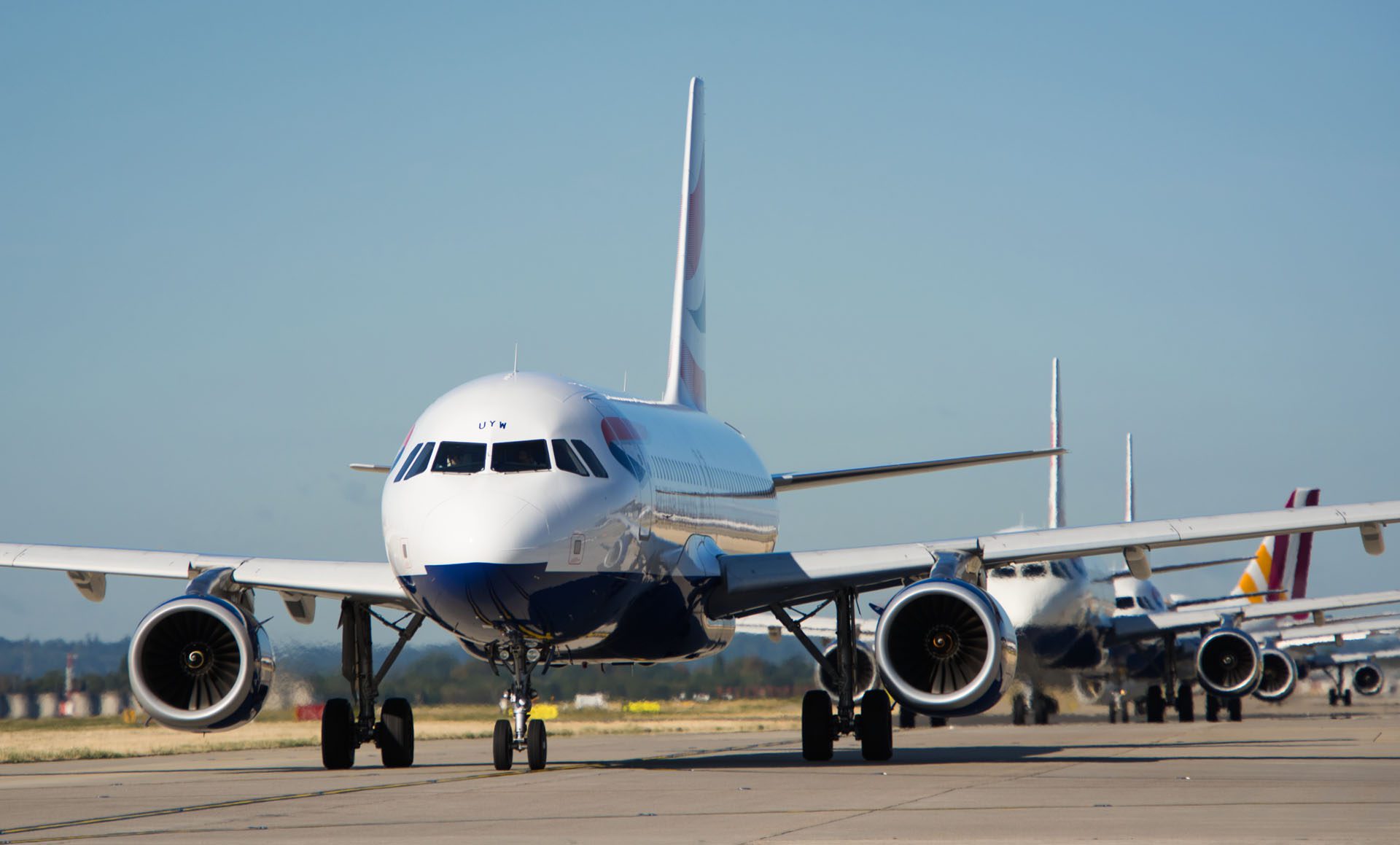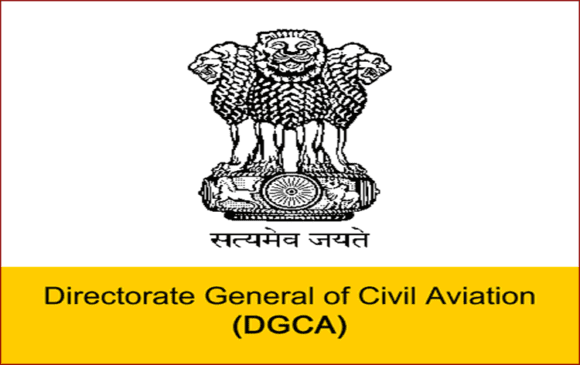
heathrow 175812034119410
It is feasible but challenging for Europe’s aviation industry to reach net-zero carbon dioxide emissions by 2050, an independent study commissioned by five of Europe’s leading industry associations says. ‘Destination 2050’, released on February 11 and hailed as “a flagship initiative”, calls for decisive actions from governments and the industry.
It’s the second initiative this week in Europe which tackles long-term sustainability and decarbonization. In line with the 2015 Paris Agreement on climate change and the EU’s 2020 Green Deal, Destination 2050 commits the EU, UK, and EFTA countries to zero CO2 emissions by 2050 on all departing flights on the continent. The report was commissioned on behalf of the Airports Council International Europe (ACI EUROPE), AeroSpace and Defence Industries Association of Europe (ASD Europe), Airlines for Europe (A4E), Civil Air Navigation Services Organisation (CANSO), and European Regions Airline Association (ERA). They asked two Dutch institutes, the Royal Netherlands Aerospace Center (NLR) and SEO Amsterdam Economics, to provide an independent and scientific backing for the conclusions.
The study identifies four options to meet the 2050 decarbonization targets, although it acknowledges that there are uncertainties when looking ahead thirty years:
1 – Aircraft and engine technology:
The biggest gains (37 percent) are to be made by improvements in aircraft and engine technology, with the largest promise coming from the introduction of hydrogen-powered single-aisle aircraft on intra-European routes from 2035. They could provide a thirty percent reduction in fuel-burn per flight compared to current generation engines. Kerosene-powered hybrid-electric (twin-aisle) aircraft could provide even fifty percent reduction, the same as is possible for regional aircraft.
To meet this step-change in energy efficiency, the technology needs to become available between 2027 and 2030 for entry into service in 2030-2035 on regional and medium-sized aircraft and in 2040 on larger, twin-aisle aircraft. The study is optimistic this can be met thanks to initiatives like the proposed Partnership for Clean Aviation, but it has to include disruptive technologies like hydrogen aircraft. Collaboration by all European and national R&D institutes has to be ensured.
Airbus has made hydrogen the key source for its future generation of aircraft and is working on various demonstrator programs until 2025, which should result in the first hydrogen airliner by 2035. On February 11, Airbus, Air France-KLM, Groupe Aeroports de Paris (ADP), and the Paris region called for expressions of interest until March 19 from partners that want to transform the Paris airports into a hydrogen hub. This includes the storage, distribution, and transportation of hydrogen for use in aircraft and ground equipment. At the launch of its hydrogen initiative in September, Airbus identified the hydrogen infrastructure as one area that needs further development. NLR quotes studies that say the in 2030, there will be 7.8 Megatons of hydrogen available, growing to 71 MT in 2050, while consumption is forecasted to be around 68-76 Mt.
NLR also identifies aerodynamic innovations like laminar and hybrid laminar airflow, active flow control as applicable to wings and tails. Light-weight fuselages made from advanced carbon fiber reinforced plastics and maybe even windowless frames could also improve fuel efficiency.
2- Sustainable aviation fuels (SAF):
The increased use of SAF could reduce CO2 emissions by 34 percent, the study says. This requires the investment in production capacity within Europe to offer at least three Megatons in 2030 of SAFs and 32 Mt by 2050. That equals 83 percent of total kerosene consumption. “To effectively address the price difference with fossil fuel throughout the value chain and thereby make SAF more affordable, policies need to include measures to de-risk investments and boost production and off-take”, the study says. “These measures could include financial incentives (e.g. carbon pricing, subsidies, auctioning mechanisms and capital grants) and regulatory measures such as the implementation of an EU wide blending obligation.”
As reported earlier this week, a number of EU countries are committed to stimulating SAF production. New initiatives were announced to produce SAF by capturing CO2 from the air. Also this week, British Airways announced an agreement with US provider LanzaJet to use its ethanol on certain flights from late 2022 while also conducting early-stage planning for a new UK-based biorefinery. The agreement with LanzaJet is in addition to BA’s partnership with Velocys on the development of a SAF plant in the UK, possibly from 2025.
3 – Economic measures:
Some eight percent in emission reductions can be achieved through the implementation of economic measures. This includes pricing CO2 emissions and Europe’s Emission Trading Scheme (ETS), so airlines are encouraged to take action to reduce them. The ensure cost-effectiveness, they must be market-based, the study says. “Implementing the global economic measure CORSIA is crucial to keeping international aviation on track to reduce emissions and contribute to the net-zero ambition globally.”
From now until 2030, economic measures will reduce emissions by even 27 percent, but as SAF and new technologies become widely available there effect will become lower. By then, the price of allowances and carbon credits will have gone up drastically as they will have become scarcer.
4 – Air traffic management:
Last but not least, a six percent in emission reductions could be possible if Europe finally makes its Single European Sky and SESAR work. Discussions about the implementation and coordination of improved ATM procedures have been ongoing since its introduction in 2004 – and the lack of results always a key-note at each year’s A4E Aviation Summit with airline executives. Only 37 percent of SES has been implemented compared to the planned full implementation in 2020.
“A clear example is Free Route Airspace (FRA), in which airline crews enjoy more freedom in selecting a particular – more fuel-efficient – trajectory. Implementation of FRA depends not only on ATM but also on political will by governments to make the necessary compromises regarding the organization of airspace”, the report says. More gains are to be won if ATM improvements outside Europe are made, for example, 2.9 percent on the busy North Atlantic routes.
“This long-planned vision and roadmap for the future of European aviation underline our sector’s commitment and determination to play our part in tackling climate change despite the current crisis”, says A4E managing director Thomas Reynaert. “Robust economic measures and much-needed government and regulatory support in the short term will be necessary to bridge the gap until innovation, technology, and sustainable aviation fuels become more widely available to help our industry reach its environmental targets. Our industry wants to be a part of a clean recovery that has a lasting positive impact whilst still providing essential connectivity to Europe’s citizens; we will take positive steps to make it happen,” said Montserrat Barriga, Director General of the European Regions Airline Association (ERA).
“Now we need the EU to deliver the policy and regulatory framework that will enable us to deliver net-zero European Aviation by 2050. We, therefore, urge institutional stakeholders to respond to our call and now join the EU Pact for Sustainable Aviation we tabled last November,” said Olivier Jankovec, Director-General at ACI EUROPE.
Views: 3





